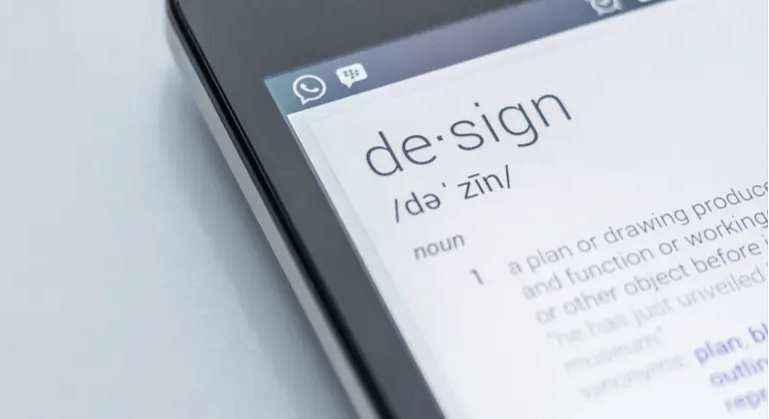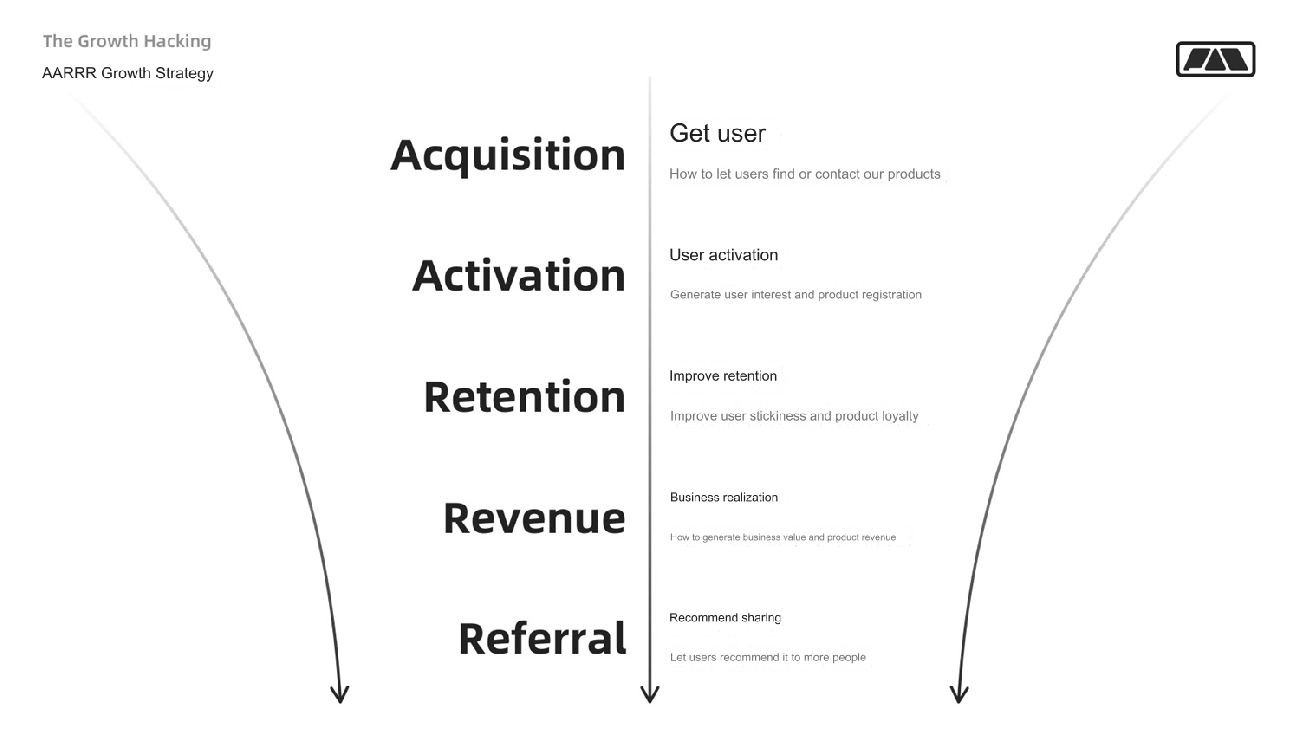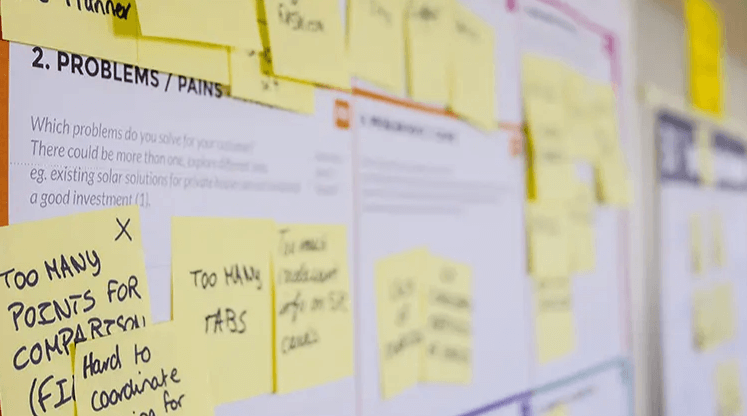Discover 7 essential project management tools used by top Fortune 500 companies, including SWOT analysis, PDCA cycles, SMART principles, and more. Boost efficiency and achieve your goals effectively!
Choosing the right tool is part of the job.
Great tools can make our work twice as effective with half the effort! Today, let’s dive into 7 powerful project management tools and see which ones you’ve mastered. Ready? Let’s go! 🚀
🔍 SWOT Analysis
Strengths: What are your advantages?
Weaknesses: What needs improvement?
Opportunities: What chances can you take?
Threats: What risks are looming?
💡 Meaning:
SWOT analysis helps you grasp the big picture. It’s a systematic approach to identifying your resources, strengths, and weaknesses, seizing opportunities, and preparing for potential risks. This clarity can be pivotal for success! 🌟
🔄 PDCA Cycle
Plan: Set goals and make a plan.
Do: Execute tasks and organize implementation.
Check: Review key points and outcomes.
Action: Correct deviations, standardize results, and plan the next cycle.
💡 Meaning:
Every task is a PDCA cycle! It’s about planning, executing, reviewing, and improving continuously. Incremental progress over time leads to transformative results. 🌱
📋 6W2H Method
What: What’s the task and goal?
Why: Why is it necessary?
Who: Who is involved and responsible?
When: When will it happen?
Where: Where will it take place?
Which: Which methods or paths to take?
How: How will it be done?
How Much: What’s the cost?
💡 Meaning:
Thinking through 6W2H adds clarity and prevents aimless actions. Reports written this way are concise, saving time for both writing and reading. 🕒
⭐ SMART Principle
Specific: Be clear and specific.
Measurable: Make it quantifiable.
Attainable: Set achievable goals.
Relevant: Keep it aligned with priorities.
Time-based: Set a deadline.
💡 Meaning:
When setting goals, ask yourself, "Is this SMART?" Plans following this principle are more actionable and likely to succeed. 🎯
⏰ Time Management: Important vs. Urgent
A: Important + Urgent: Critical tasks, deadlines, crises.
B: Important, Not Urgent: Preparation, planning, relationship building.
C: Urgent, Not Important: Interruptions, minor tasks.
D: Neither Important nor Urgent: Trivial tasks, procrastination.
💡 Meaning:
Prioritize wisely! Balance tasks like playing a piano 🎹—with foresight and control. Don’t just fight fires 🔥; focus on prevention to stay proactive.
🔨 Task Breakdown [WBS]
Work Breakdown Structure (WBS): From Goal → Task → Work → Activity.
How to break it down:
Gradually refine main goals into smaller tasks.
Assign individual responsibilities at the lowest task level.
Stop dividing tasks once they are manageable and clear.
💡 Meaning:
Breaking tasks into smaller pieces gives you clarity and control. You’ll know exactly what to do, ensuring everything is in order. 🗂️
📈 80/20 Rule (Pareto Principle)
"80% of outcomes come from 20% of efforts."
Focus on “the vital few” and minimize energy spent on trivial tasks.
💡 Meaning:
Prioritize the most important tasks to achieve maximum results. Use your resources on what truly matters! 🏆
💡 A Final Tip:
Tools are essential, but remember: It’s not about having tools; it’s about using them at the right time and place. Let’s make the most of every tool, and keep pushing forward! 💪✨
Keep up the great work—YOU GOT THIS! 🦆🎉







